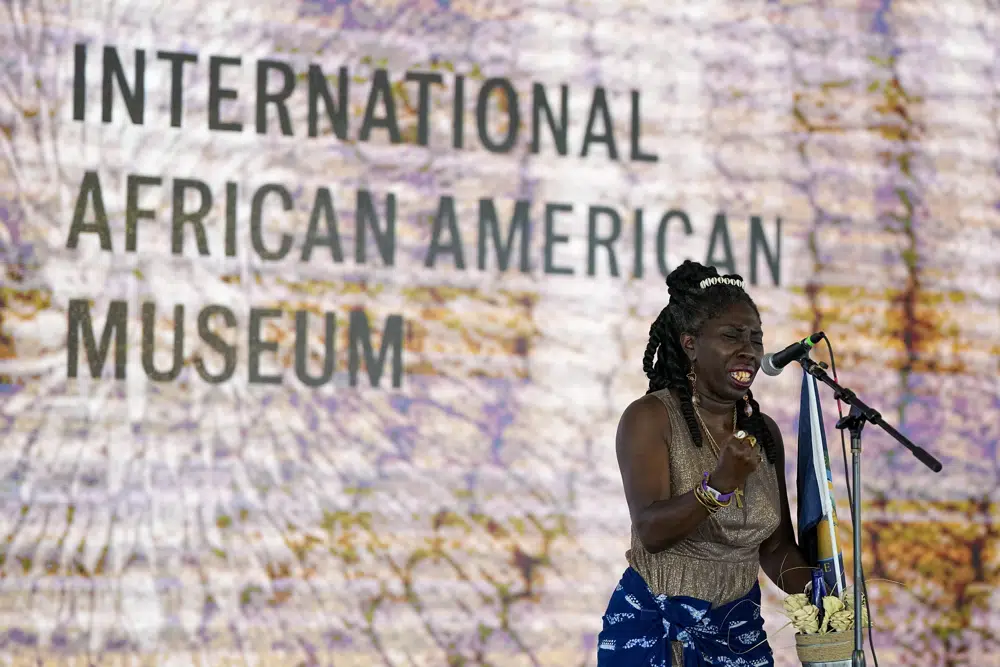International African American Museum to open in South Carolina

Charleston, The Gulf Observer: When the International African American Museum opens to the public Tuesday in South Carolina, it becomes a new site of homecoming and pilgrimage for descendants of enslaved Africans whose arrival in the Western Hemisphere begins on the docks of the low country coast.
Overlooking the old wharf in Charleston at which nearly half of the enslaved population first entered North America, the 150,000-square-foot (14,000-square-meter) museum houses exhibits and artifacts exploring how African Americans’ labor, perseverance, resistance and cultures shaped the Carolinas, the nation and the world.
It also includes a genealogy research center to help families trace their ancestors’ journey from point of arrival on the land.
The opening happens at a time when the very idea of Black people’s survival through slavery, racial apartheid and economic oppression being quintessential to the American story is being challenged throughout the U.S. Leaders of the museum said its existence is not a rebuttal to current attempts to suppress history, but rather an invitation to dialogue and discovery.
“Show me a courageous space, show me an open space, show me a space that meets me where I am, and then gets me where I asked to go,” said Dr. Tonya Matthews, the museum’s president and CEO.
“I think that’s the superpower of museums,” she said. “The only thing you need to bring to this museum is your curiosity, and we’ll do the rest.”
The $120 million facility features nine galleries that contain nearly a dozen interactive exhibits of more than 150 historical objects and 30 works of art. One of the museum’s exhibits will rotate two to three times each year.
Upon entering the space, eight large video screens play a looped trailer of a diasporic journey that spans centuries, from cultural roots on the African continent and the horrors of the Middle Passage to the regional and international legacies that spawned out of Africans’ dispersal and migration across lands.
The screens are angled as if to beckon visitors towards large windows and a balcony at the rear of the museum, revealing sprawling views of the Charleston harbor.
When the doors are open, all are welcome to reckon with a fuller truth of the Black American story, said Matthews, the museum president.
“If you ask me what we want people to feel when they are in the museum, our answer is something akin to everything,” she said.
“It is the epitome of our journey, the execution of our mission, to honor the untold stories of the African American journey at one of our nation’s most sacred sites.”


